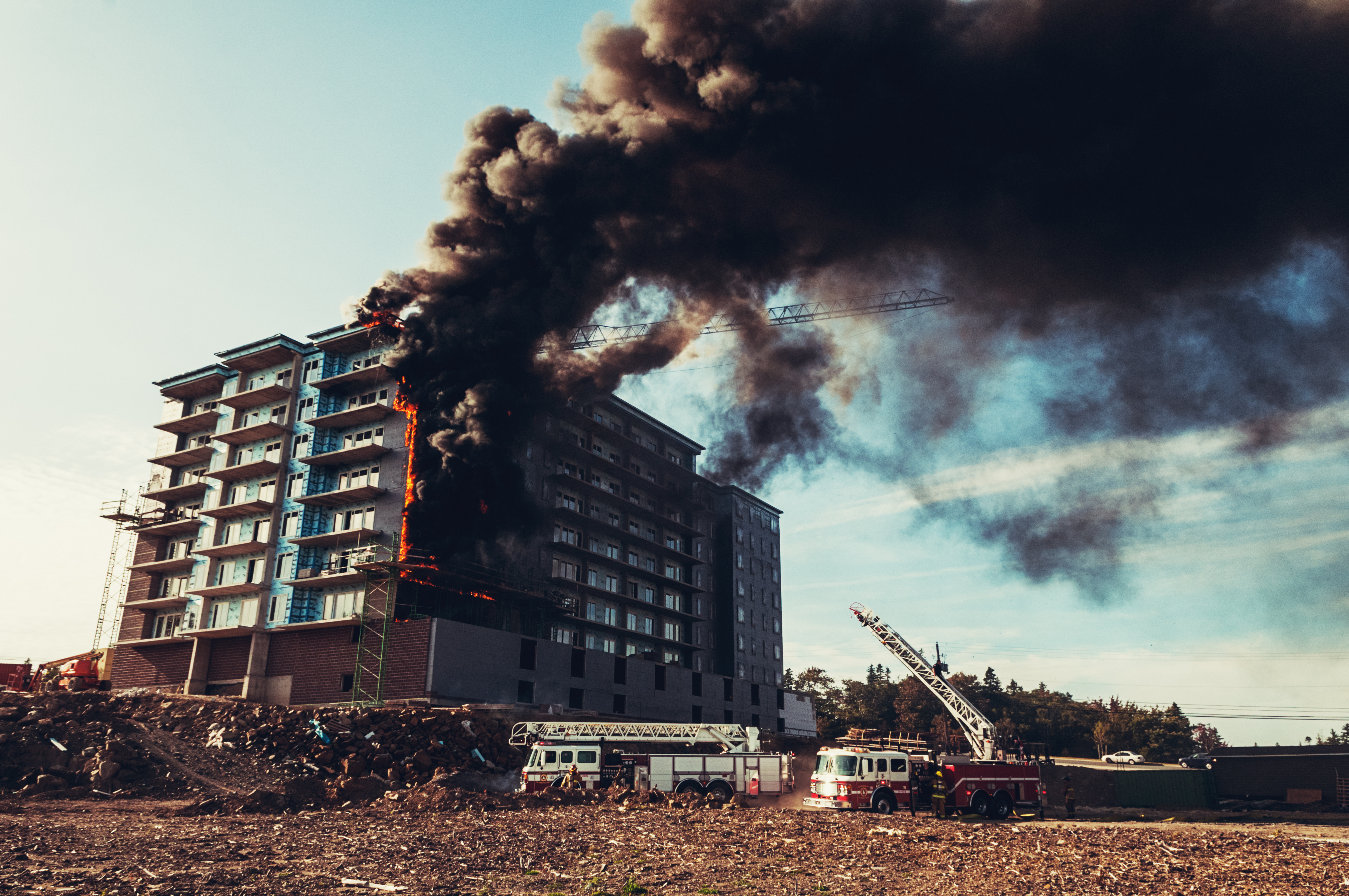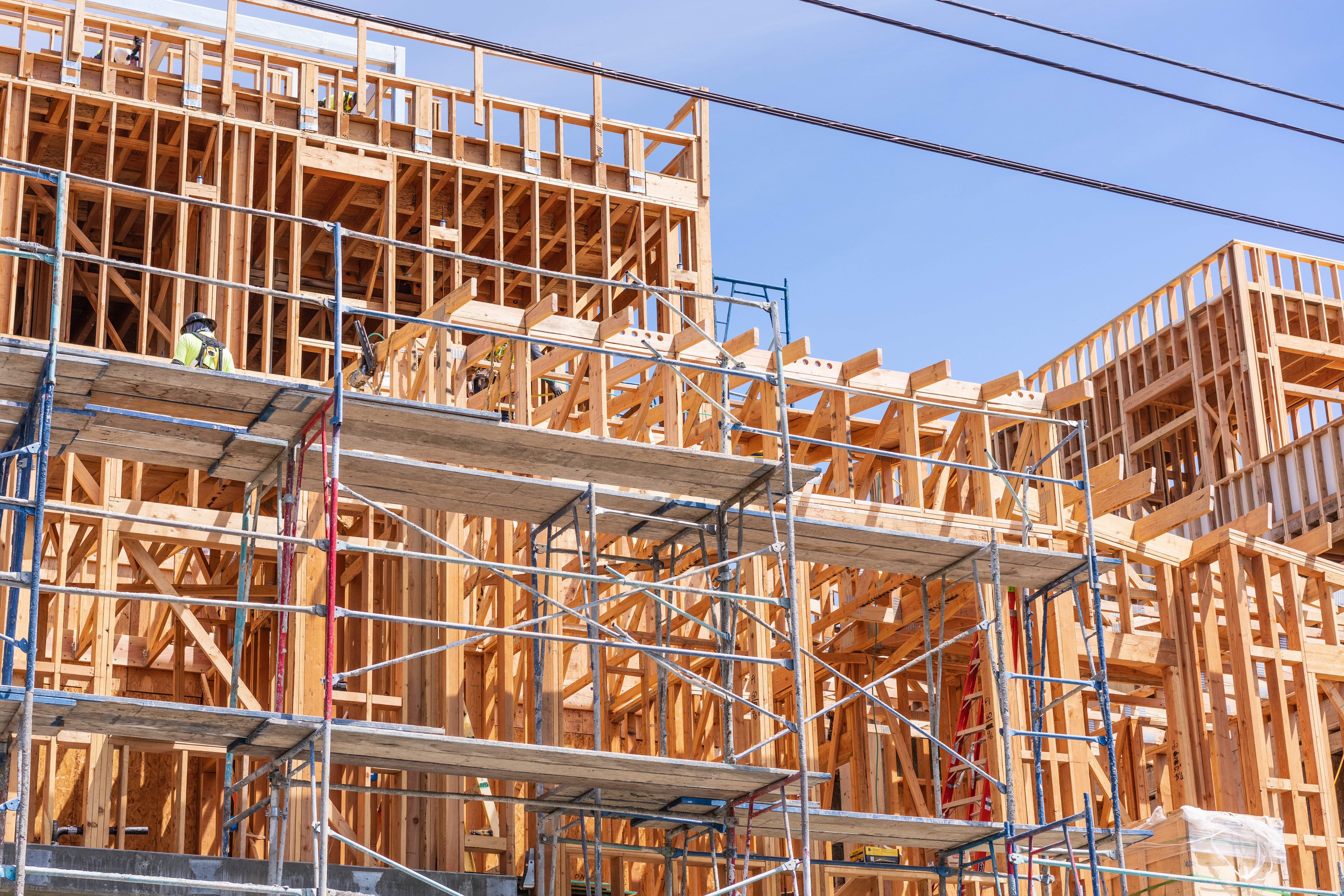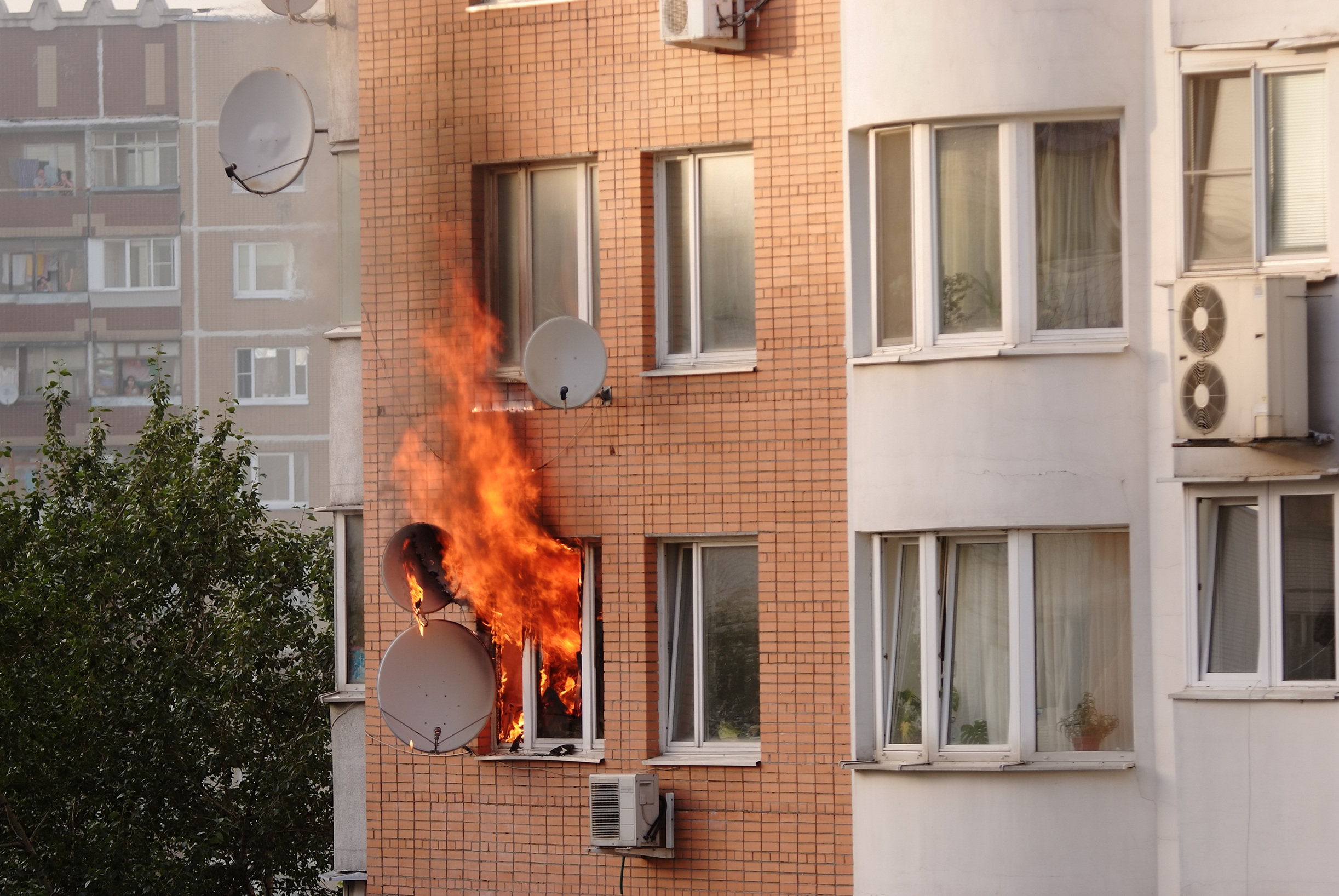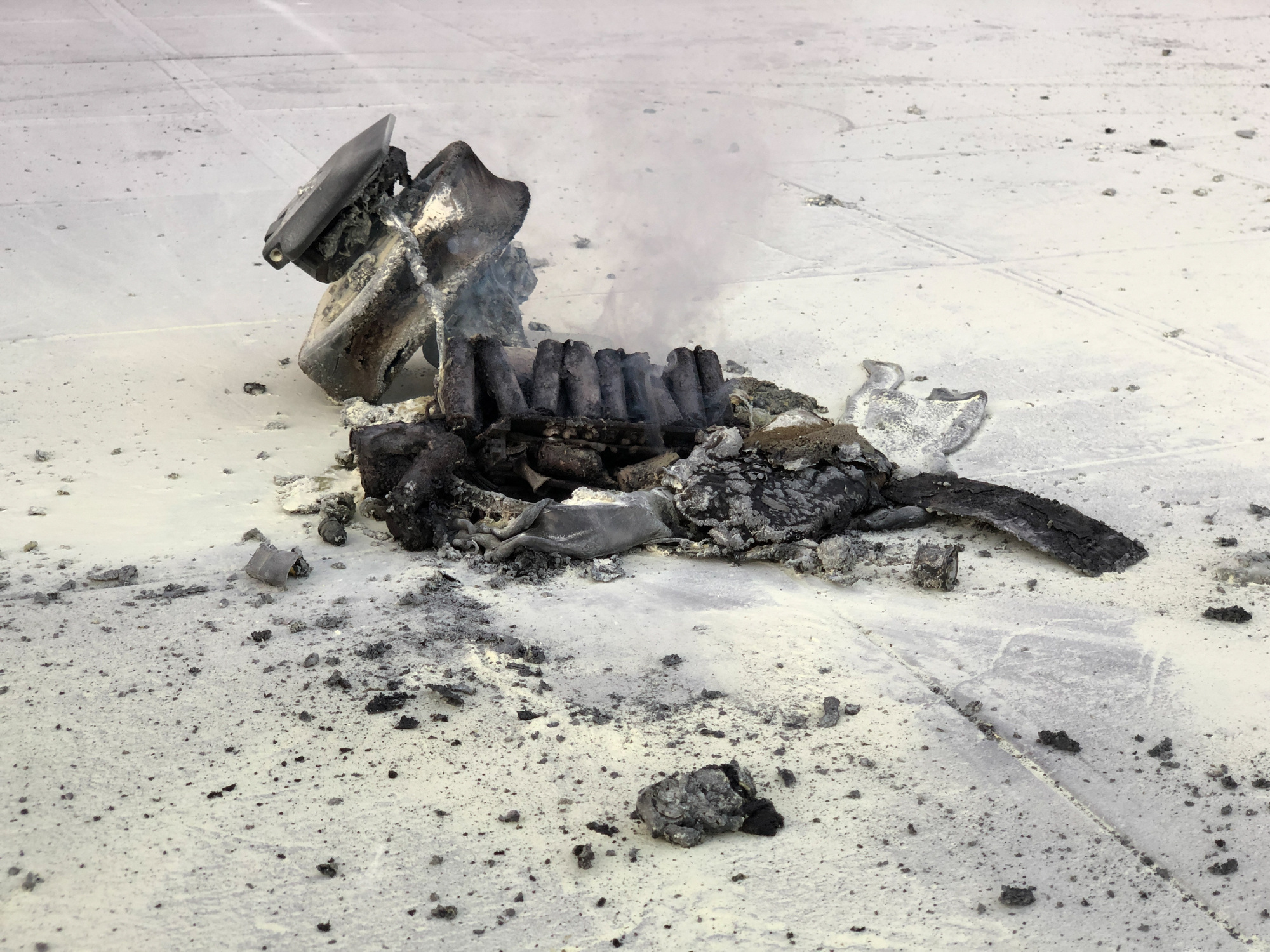Affordable housing organizations rehabilitating aging residential properties or building new developments are exposed to new risks, including the potential for fire on a construction site.
From 2017 to 2021, U.S. fire departments responded to an average of 4,440 fires in buildings under construction per year, according to the National Fire Protection Association (NFPA). These fires caused five fatalities, 59 injuries, and $370 million in property damage annually. About three-quarters of fires involved residential buildings.
Why are buildings under construction at risk?
Interestingly, cooking equipment is historically the leading cause of fires on construction sites; NFPA research notes that 19 percent of fires in buildings under construction were caused by cooking equipment. The second leading cause was electrical distribution and lighting, followed by arson and heating equipment.
Cooking doesn’t stand out as a regular activity on a construction site, but residential building rehabilitations are often staggered by floor or building section, meaning while certain areas of a building are vacant and under construction, others remain occupied.
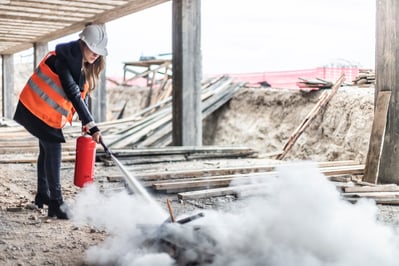
That’s why it’s critical that construction sites be safeguarded from fires around the clock, not just during working hours. NFPA’s analysis of fires in buildings under construction between 2017-2021 found that while fires were most common in the afternoon and evening, fires between midnight and 6 a.m. accounted for the most property damage.
Construction sites also tend to include equipment and work (e.g., welding, soldering, grinding) that have the potential to spark a fire. Unsecured construction sites tend to invite trespassing, which can lead to arson incidents. Fire protection systems in buildings under construction are often non-existent or not operational, meaning fires have the potential to spread uninhibited.
Managing fire risk in buildings under construction
Affordable housing organizations can eliminate or reduce fire-related losses with the proper safeguards. NFPA’s Standard for Safeguarding Construction, Alteration, and Demolition Operations (NFPA 241) is a great starting point. The standard is mandatory if your state has adopted NFPA 1, the International Fire Code, or the International Building Code, regardless of job size.

Consider the following best practices to help reduce the risk of a fire in a building under construction:
- Submit a site safety plan covering all construction project phases to your local fire marshal’s office for approval.
- Develop a policy that mandates there’s to be no smoking or cooking on site.
- Develop a hot work policy and a fireguard for cutting, welding, grinding operations, and other metalwork.
- Appoint a certified site safety manager to monitor the site during working hours.
- Appoint a fire watch crew to monitor the building 24 hours a day once construction begins and until all fire protection systems and monitoring equipment are operational.
- Hold training sessions (use a certified professional) on how to operate a fire extinguisher. Continue these weekly throughout the construction project.
- Reinforce the no smoking and no cooking policy, hot work procedures, and instructions on reporting smoke or fire at least weekly.
- Provide and maintain clear access routes for fire apparatus.
- Schedule fire safety inspections.
- Coordinate pre-project inspections, walk-throughs, and building familiarization tours with the local fire department.
- Store Class I and II flammable and combustible liquids more than 50 feet away from the structure and secure them during and after use.
- Request additional patrols from local law enforcement to help deter trespassing and arson.
- Secure the structure when crews are not working, especially during cooler weather.
- Should a fire start, notify first responders immediately. Evacuate the building and clear the area for fire trucks responding to the scene.
Fighting construction site fires from a fire department perspective
Firefighters do not approach fires in buildings under construction the same way they approach fires in completed residential and commercial structures. The project phase, building materials and layout, fire protection system, and fire severity determine how the department will proceed.
Construction sites pose unique risks to first responders. In a wood-framed building, rooms in the framing stage may have exposed timber and no fire separation from room to room. Fire separation acts as a barrier and helps prevent the spread of fire within the building. In a pre-fabricated or high-rise building under construction, varying floors without proper separation can create a chimney effect that can lead to severe damage and charring.
Once a fire starts, its flow path tends to spread rapidly and can overtake any operational fire protection features. Firefighters will attempt to protect lives, stabilize the incident, and preserve as much property as possible without placing themselves in danger.
In need of insurance coverage for your affordable housing organization's latest development project? Our Account Services team is ready to assist you.
This article is for general information only. HAI Group makes no representation or warranty about the accuracy or applicability of this information for any particular use or circumstance. Your use of this information is at your own discretion and risk. HAI Group and any author or contributor identified herein assume no responsibility for your use of this information. You should consult with your attorney or subject matter advisor before adopting any risk management strategy or policy.

